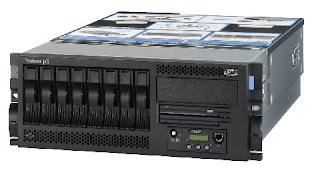 IP telephone TFTP installation
IP telephone TFTP installationDownload TFTP application from Avaya web site and run the installer.After installing the application run it and enter to system set up(ctrl+U).In the outbound menu enter the directory where you will place the IP Telephone files.
IP phone working with DHCP server and TFTP serverWhen an Avaya phone powers up, it shows a test pattern on the phone's display and the hold lamp is lit.The phone requests an IP address from the DHCP server on the native (data) VLAN. The DHCP server offers an address and also a string of configuration information that among other things, tells the phone which VLAN to use.
The phone then reboots and begins tagging Ethernet frames with the proper VLAN information. The phone will display "DHCP xxx."
Next, the phone requests an address from the DHCP server, this time on the voice VLAN. The DHCP server responds with an IP address on the voice VLAN, and additional configuration information including the address of the TFTP server and the C-LAN (IP PBX interface) card. The phone will display "DHCP."
Now the phone connects to the TFTP server, downloads configuration information and firmware upgrade (if needed). The phone will display "TFTP server a.b.c.d."
Finally, the phone will connect to the C-LAN card and attempt to register with the Communication Manager (IP PBX application). If the DHCP server offered several C-LAN addresses, the phone will try them in order until registration is successful. During this process, the phone will display "Discovering…"
When the phone connects to the PBX, it will either display the extension and time, or it will display the prompt "Ext=", meaning it is waiting to be told what extension to use. In either case, the phone has successfully completed the boot process. From a networking perspective, everything is working properly.








